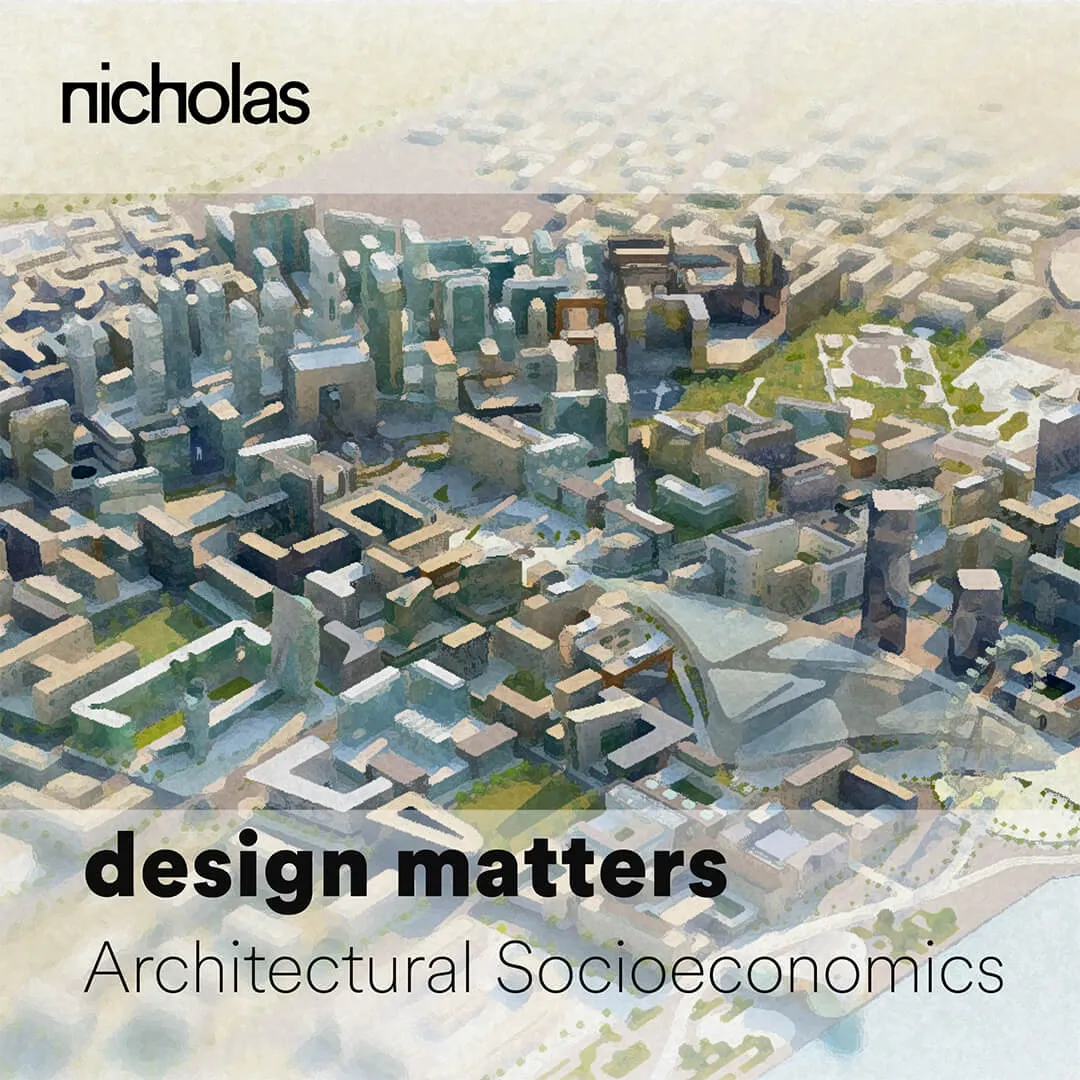
We are often told that the economic value of design is difficult to quantify – but nothing could be further from the truth.
According to Rostow’s economic model, once the conditions for “take-off” are met, the urban base expands, and economies are driven towards maturity.
In transitioning economies, this is typically seen in compartmentalised urban planning which prioritises “zones,” each zone having a singular use. Thus, housing is developed separately from the economic hubs of our city centres, and we bridge the two by commuting – often in private vehicles.
For the past 25 years our Middle East economies have boomed, and socioeconomic measures across almost every area have increased. City centres exploded upwards while the suburbs rolled outwards.
But this is not a development model which can be sustained in a twenty-first century “well-being” economy in which “next level” socioeconomics will be measured by other means.
The well-being economy is set to move away from mass consumption for its own sake towards knowledge-based and human-centric factors which prioritise social interaction, leisure, health and fitness, family and work-life balance.
In the 15-minute city, most of the things we need and want in our daily lives are attained not by a long drive across town but via a manageable walk or short hop on public transport.
To allow this, distances will be reduced and developments “integrated”. Land uses will be combined and boundaries blurred. Development intensities will be increased, while at the same time improving access to quality outdoor space, leisure options and amenities.
Due to housing, employment, educational and other opportunities being co-located, productivity will increase (even though fewer hours are expended) and an entrepreneurial spirit will flourish – driven by architecture.
Future economies will increasingly be defined by the environments in which they operate – the measure of which is intelligent design. Urban environments which are intelligently designed will flourish, and those which are not will fail.
I strongly believe that design should be regenerative – improving outcomes both for people and planet – and reinventing the way we interact with urban space is the key to our economic success.